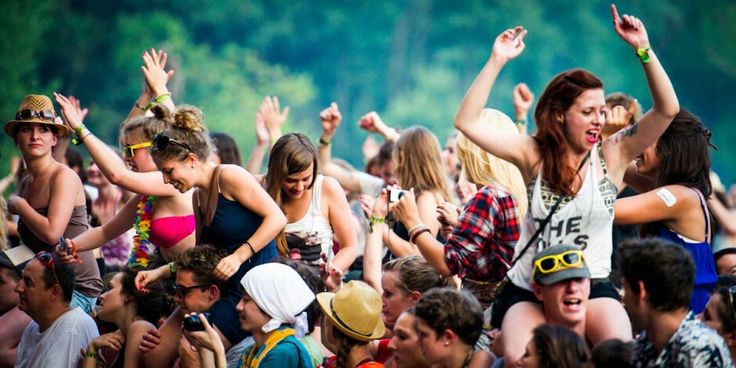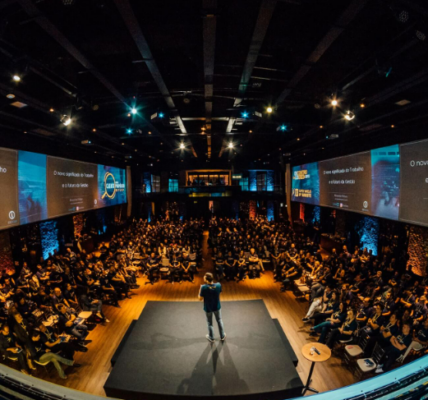Festivals are more than just events; they are vibrant celebrations of culture, art, and life itself. In an ideal world, festivals should be accessible and enjoyable for everyone. This article delves into the concept of inclusivity in festivals, exploring ways to ensure that the joy and spirit of these events can be shared by all.
A Holistic Perspective
Inclusivity is about creating an environment where everyone feels welcome and accommodated. It encompasses not only physical accessibility but also emotional and cultural aspects. A truly inclusive festival aims to embrace diversity and celebrates the uniqueness of all attendees.
Making Festivals Open to All
Ensuring physical accessibility means that the festival venue and facilities are adapted to accommodate people with disabilities. This includes providing ramps, accessible restrooms, seating, and pathways for wheelchair users, as well as considerations for those with mobility impairments.
A Thoughtful Approach
Sensory-friendly festivals take into account the needs of individuals who may have sensory sensitivities. This can involve minimizing loud noises, providing quiet areas, and considering the effects of lights, smells, and textures. Such considerations make festivals more comfortable for those with sensory processing differences.
Bridging Communication Gaps
Inclusive festivals often provide sign language interpreters to make the event accessible to the Deaf community. Sign language interpreters help bridge communication barriers and ensure that all festivalgoers can engage and participate.
Celebrating Diversity
Cultural inclusivity encompasses representing and celebrating the diverse backgrounds and traditions of attendees. Festivals can showcase a wide array of cultural performances, arts, and cuisines to create an atmosphere that welcomes and educates everyone.
From Kids to Seniors
Inclusivity also means offering activities and entertainment that cater to various age groups. Festivals should have designated areas or programs for children, teenagers, adults, and senior citizens. This ensures that everyone, from the young to the young at heart, can have a memorable festival experience.
Ensuring Comfort and Safety
Inclusivity extends to gender neutrality in festival facilities. Providing gender-neutral restrooms and changing areas ensures that transgender and non-binary individuals feel safe and comfortable during the event.
Balancing Costs
Inclusivity also means addressing financial barriers. Festivals can offer reduced-price tickets or free events to make participation accessible to all income levels. Scholarship programs can further promote diversity among festival attendees.
A Sustainable Approach
An inclusive festival should also consider its environmental impact. Sustainability efforts, such as waste reduction, clean energy sources, and eco-friendly practices, help ensure that the festival has a positive impact on the planet and can be enjoyed by future generations.
Fostering Understanding
Promoting inclusivity at festivals involves educating both attendees and organizers. Workshops, seminars, and interactive displays can raise awareness about different abilities, cultures, and needs, fostering a more inclusive mindset in the festival community.
Engaging the Community
Inclusivity extends to the festival’s organization itself. Engaging local communities and volunteers from diverse backgrounds can ensure a wide range of perspectives and ideas are considered in planning and executing the event. This collaborative approach strengthens the bond between the festival and its surrounding community.
Accessibility for All
Providing clear information and communication channels is fundamental to inclusivity. Festivals should offer information in multiple formats, including Braille, large print, and audio descriptions for individuals with visual impairments. Timely and accessible updates on festival schedules, venue maps, and important announcements ensure that all attendees are well-informed.
A Caring Touch
Festivals can also offer emotional and psychological support services. These services are essential for individuals who may experience anxiety, panic attacks, or sensory overload during crowded and bustling events. Quiet rooms, trained counselors, and support networks create a safety net for those in need.
Empowering Independence
Festivals can provide assistive technology devices such as hearing aids and mobility aids for rent or loan, enabling individuals with disabilities to enjoy the event with greater independence. These accommodations ensure that everyone has the opportunity to participate fully.
Expertise and Guidance
Festival organizers can partner with specialized organizations that focus on disability advocacy, cultural representation, and other aspects of inclusivity. These partnerships bring valuable expertise and guidance to ensure that the festival remains accessible and welcoming to all.
In conclusion, the heart of any festival lies in its ability to bring people together in celebration. Ensuring inclusivity in festivals enhances the sense of unity and creates an environment where everyone can share in the joy and cultural richness of the event. By embracing diversity and considering the unique needs of all attendees, festivals can become truly memorable and accessible experiences for everyone.





